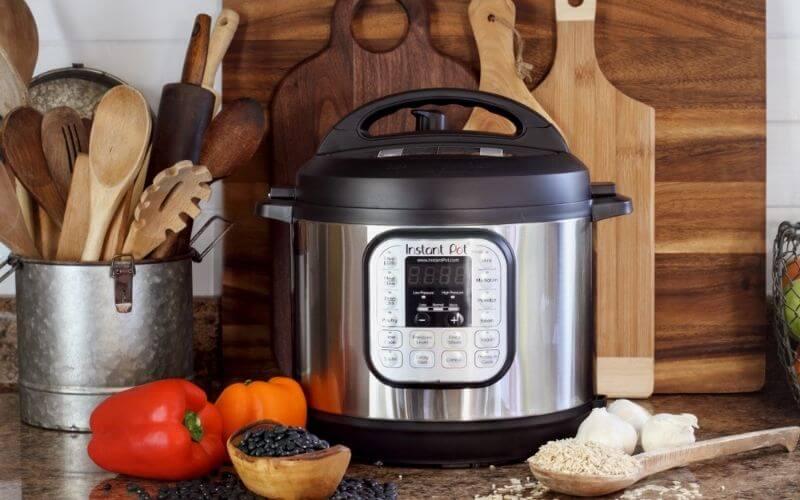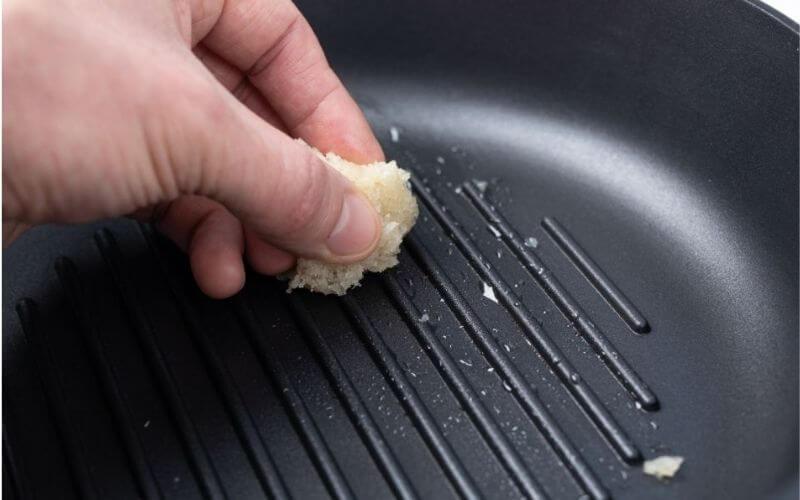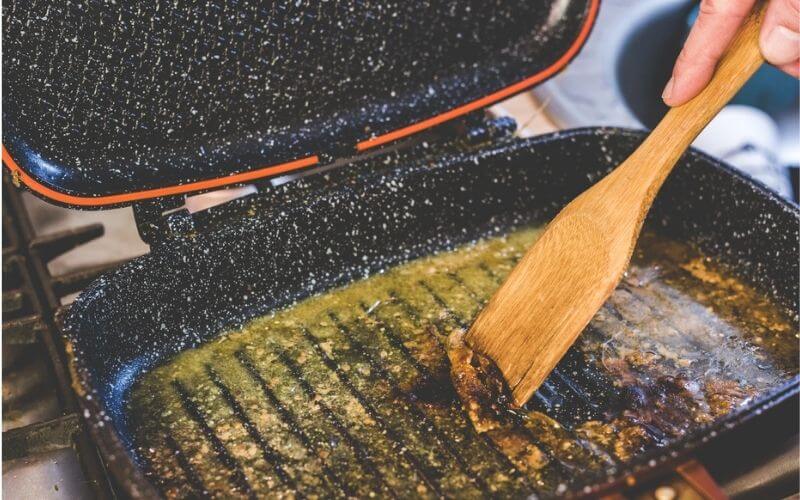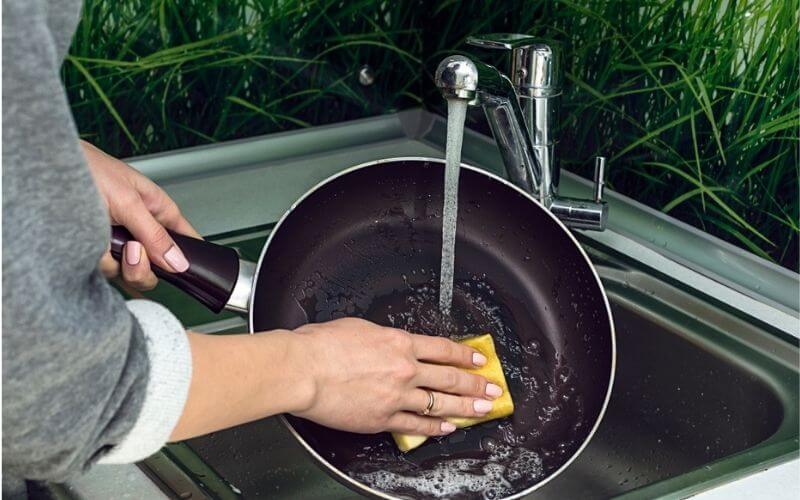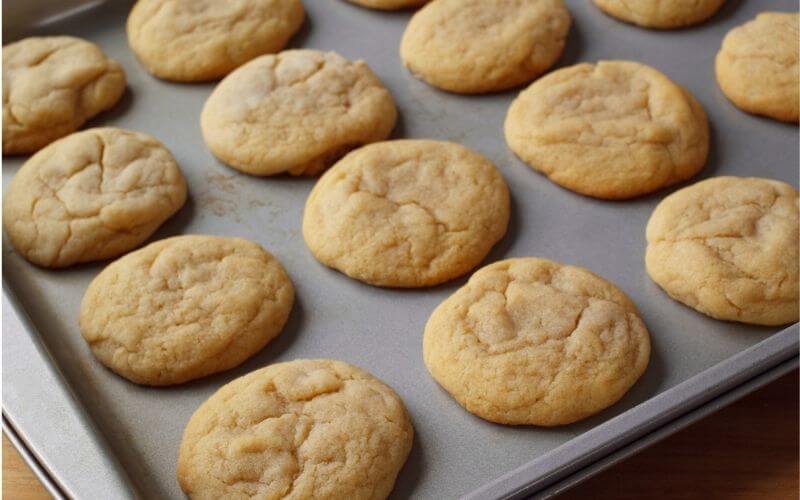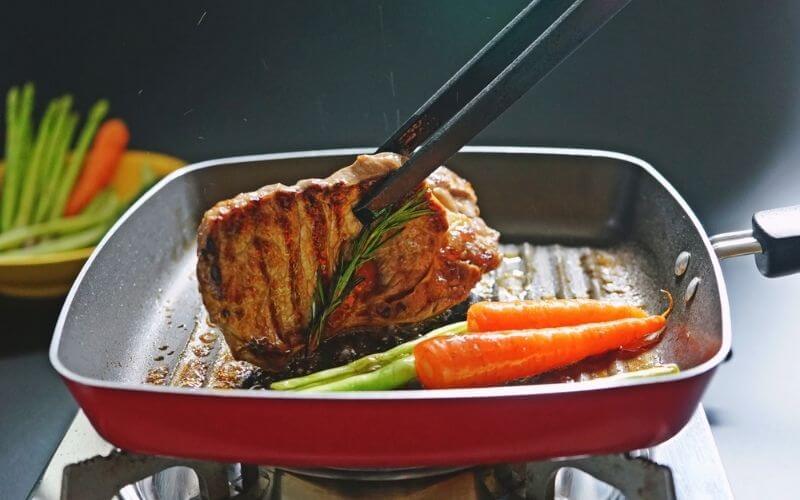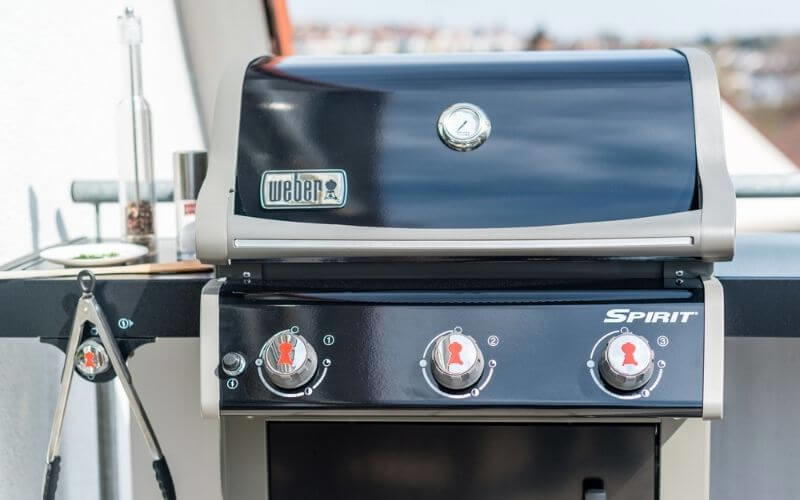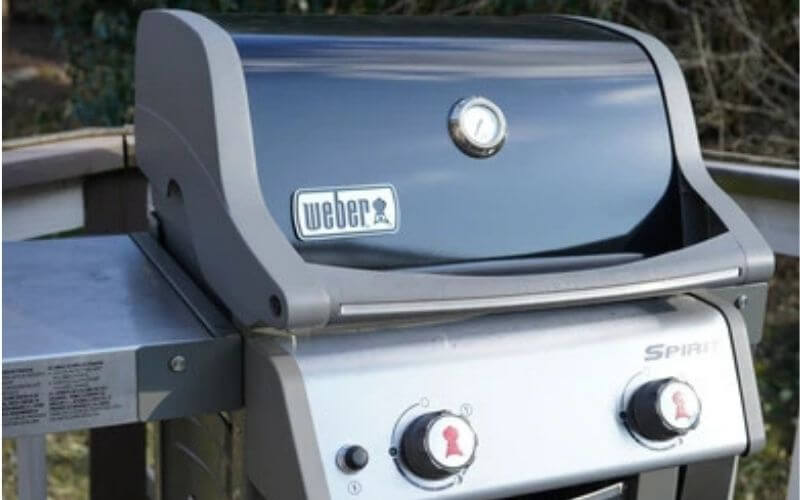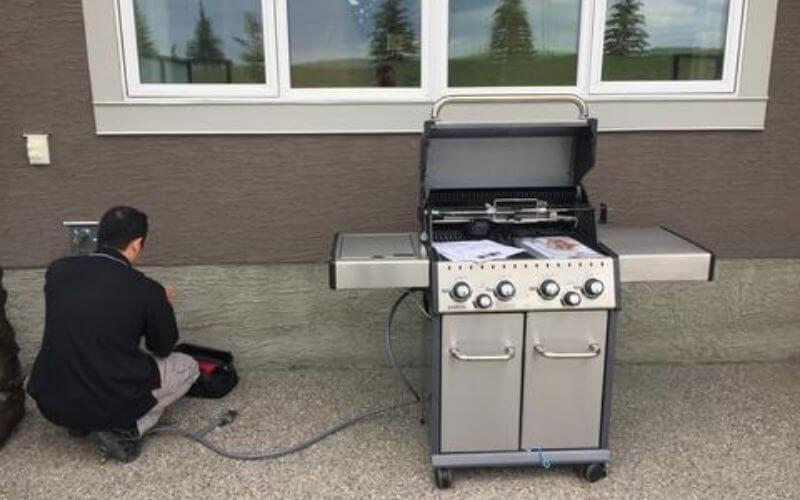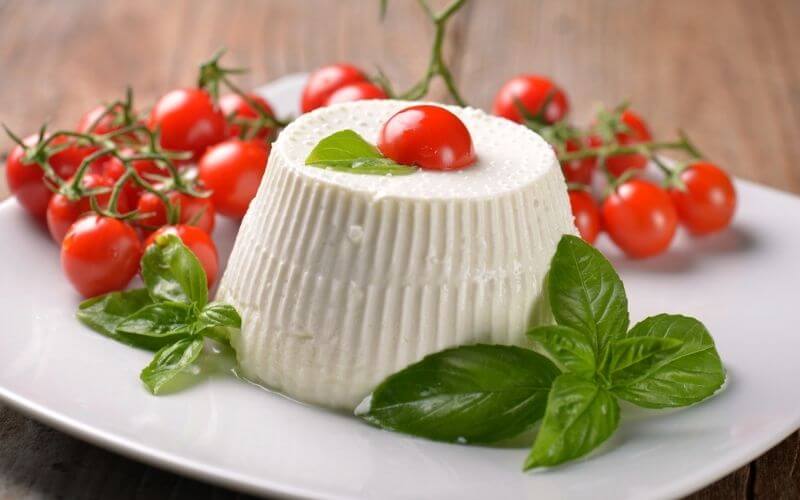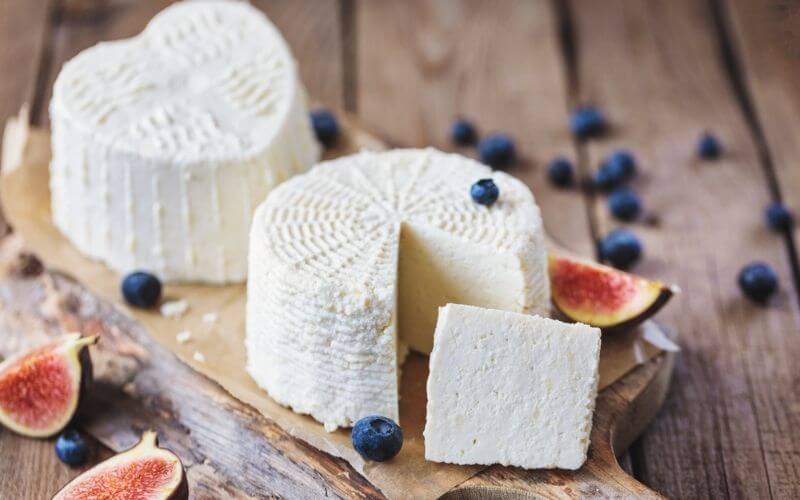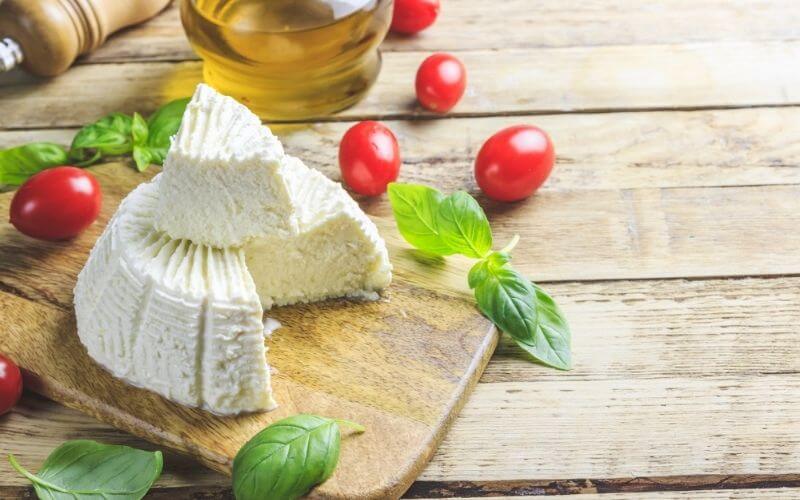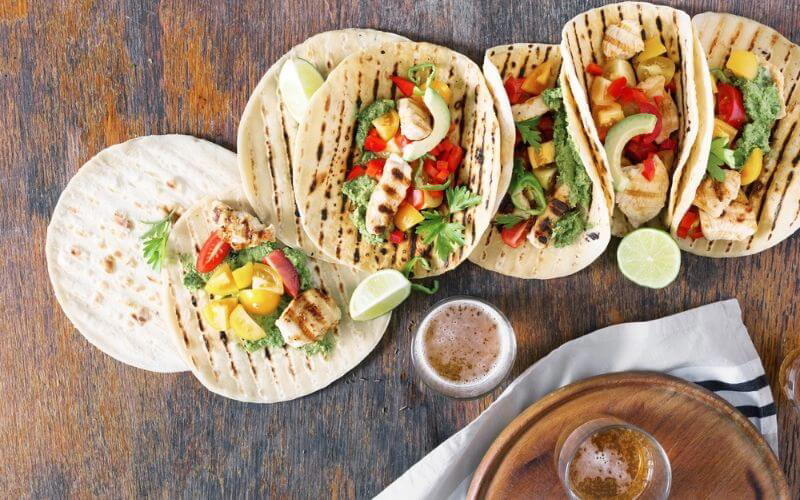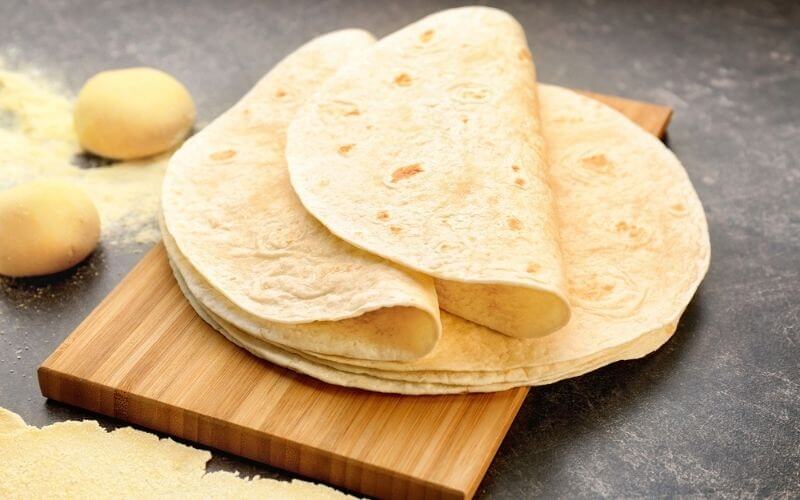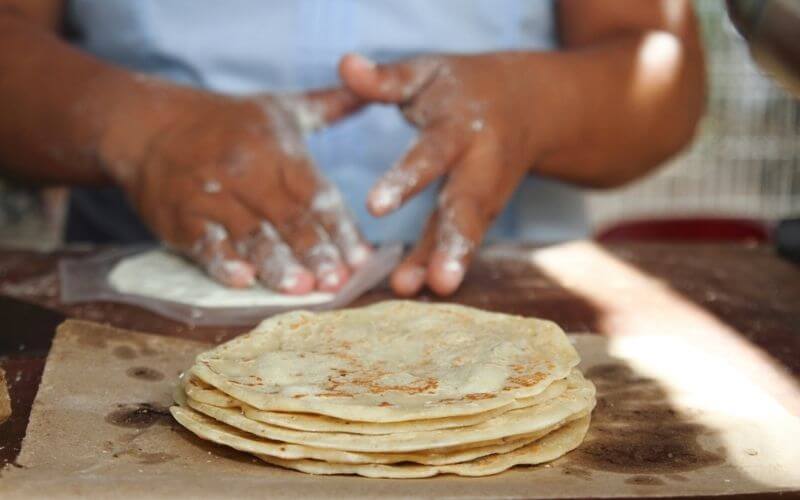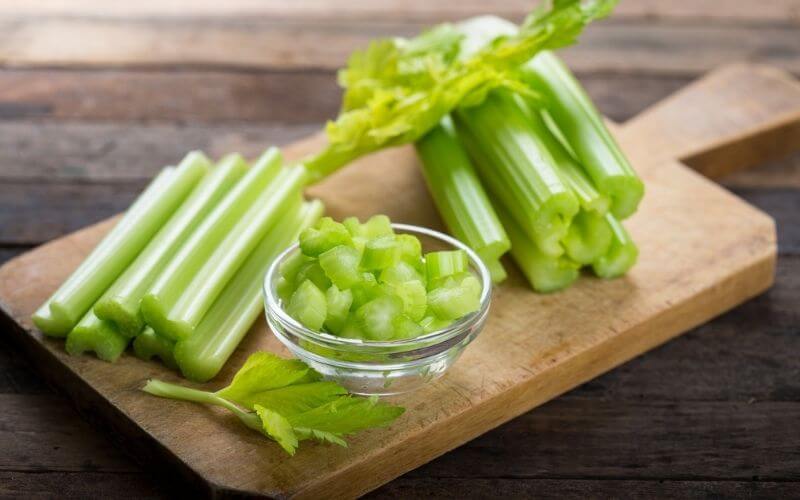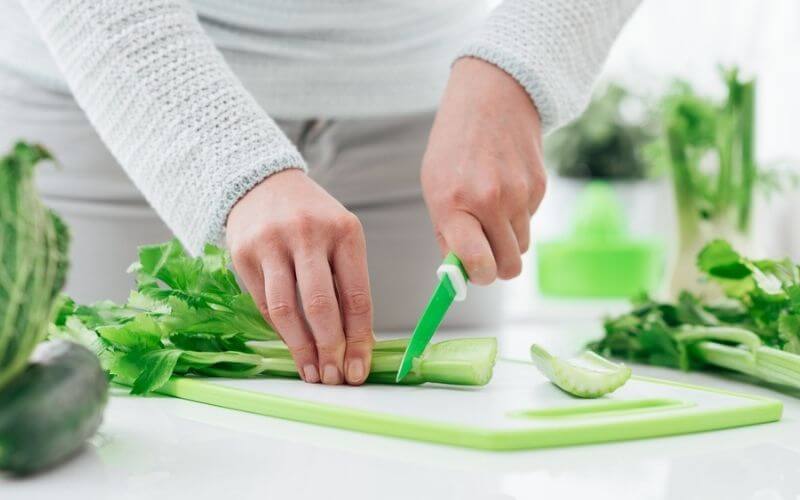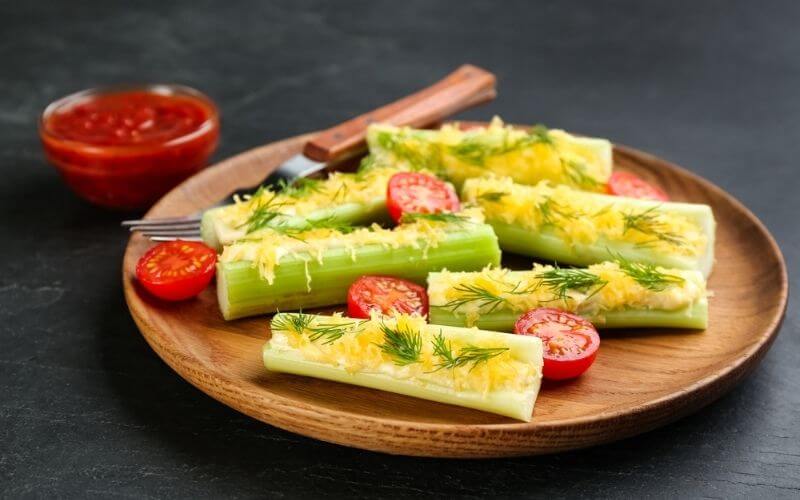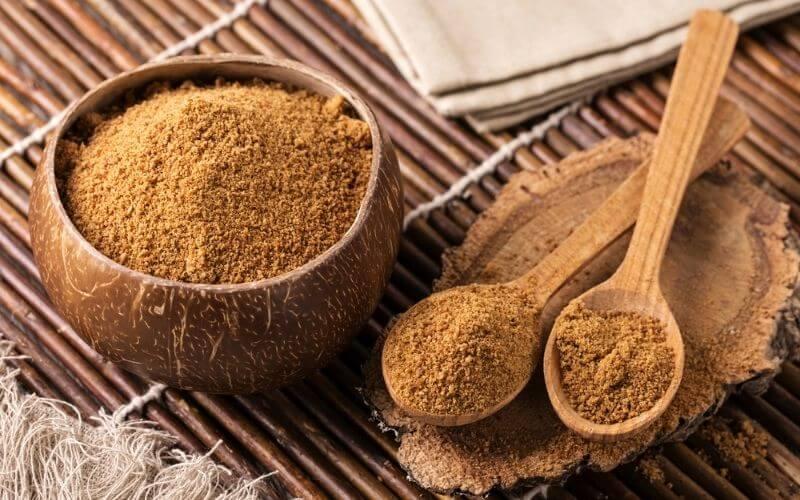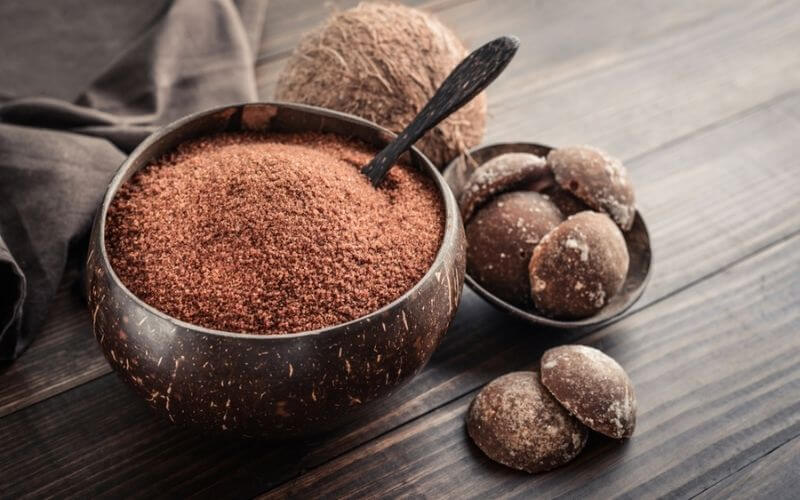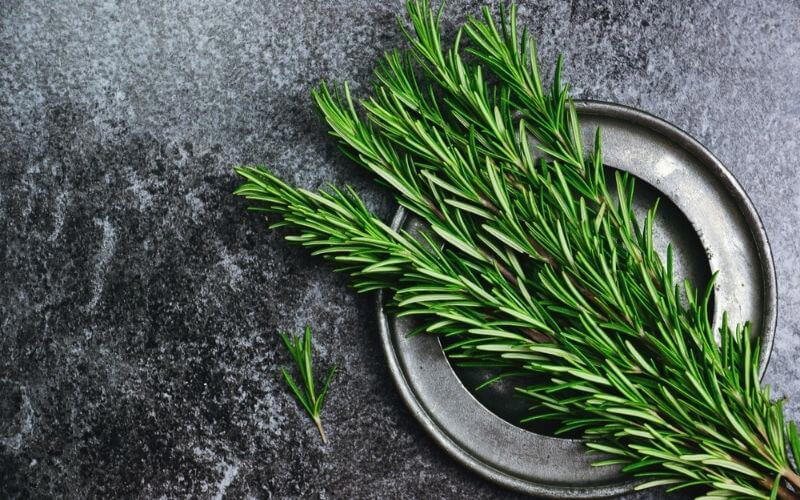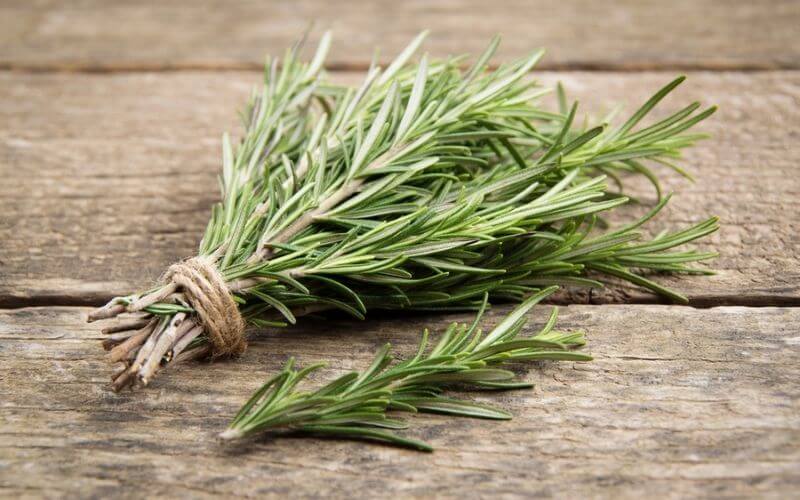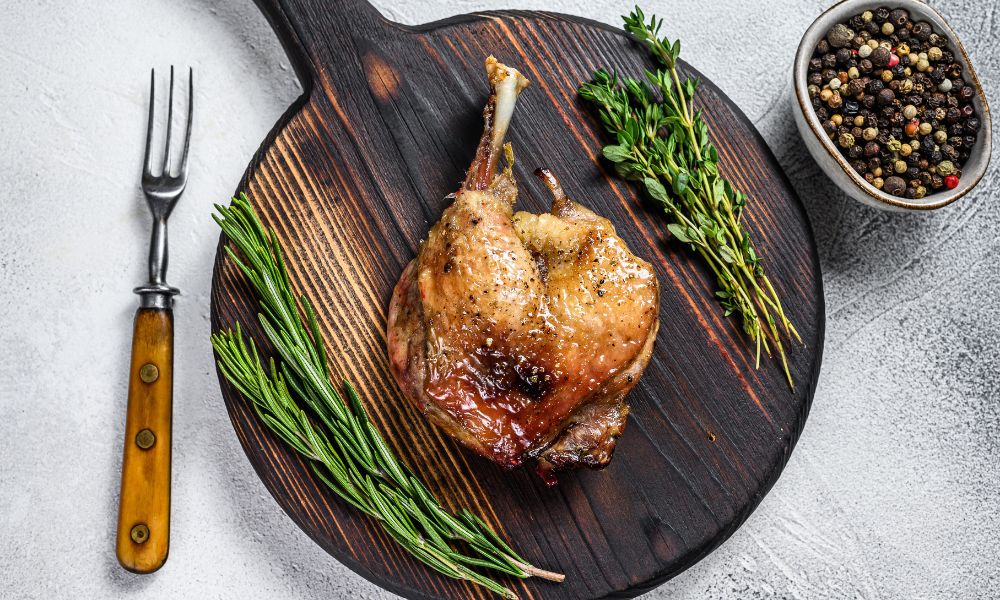Want to know a little secret?
I’ve always been rather terrified of pressure cookers. My mom was always wary of them, and we had both heard stories of injuries sustained from exploding pressure cookers. Because of this, I preferred to cook the old-fashioned way, even though it meant a much longer cook time.
But since moving out, I’ve had little time to indulge in cooking. Gone are the days when I could spend an hour boiling dried beans on the stovetop. So, I got myself a Fagor pressure cooker and tried to get over my fears.
As I unpacked my new Fagor appliance, I asked myself: How to use Fagor pressure cooker? I had to go through a lot of trial and error when getting the hang of using a pressure cooker, but you don’t have to!
Instead, this set of a comprehensive set of Fagor pressure cooker directions will have you cooking like you’ve used pressure cookers all your life.
What is a Fagor Pressure Cooker?
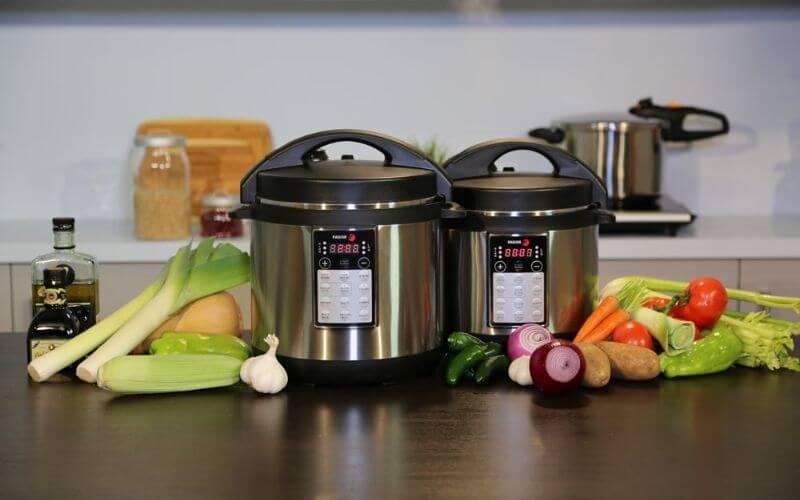
Fagor is a manufacturer of home appliances, specializing in kitchen and laundry goods. Their most popular products are their range of pressure cookers. But Fagor gets its specialty because their pressure cookers are different from conventional ones.
How so? For starters, they have a slightly different construction. Fagor pressure cookers are made of 18/10 steel, which allows for meat and vegetables to be directly browned in the cooker.
As a result, stews and curries will be much more flavorful as the browning produces a richer taste.
However, the main difference between Fagor and older cookers is the safety feature. Fagor pressure cookers are much safer when compared to older models of pressure cookers, so they have fewer chances of exploding in your face.
These cookers have a lock button and a pressure indicator. The pressure will not build up in the cooker unless the lock button is pressed down, preventing any accidents.
Moreover, the pressure indicator will show you that the pot is under pressure and ensures that the food is cooked through.
Different Types of Fagor Pressure Cookers
As mentioned before, Fagor has different kinds of pressure cookers, with slightly different functions. Each cooker is designed to suit different cooking needs.
For instance, the Fagor stovetop pressure cooker like the Innova Pressure Cooker can be used on gas, electric, and induction cooktops. Meanwhile, a Fagor Electric Pressure Cooker needs to be plugged in for it to cook.
On the other hand, the Fagor Rapid Express pressure cooker is a stovetop cooker that can cook up to 8 quarts of food in no time at all. The Fagor Splendid pressure cooker has a 6-quart capacity and 15 PSI. Fagor pressure cooker settings can also vary from model to model.
The Fagor pressure cooker cooking times are pretty much consistent regardless of device. They are also similar to those of more conventional pressure cookers.
How to Use a Fagor Pressure Cooker
Now let’s dive straight into the meat of the matter. Fagor pressure cooker instructions usually come in a manual with the cooker itself. But in case you tossed out yours, or you’ve inherited a second-hand pressure cooker, this section is for.
Here’s how you should use your pressure cooker safely for the best results:
- Check your pressure cooker gasket for cracks or breaks. Ensure that the gasket is flexible and properly set in the lid. Examine the lid and pressure valves to make sure they are clean and free from food residue.
- Put the food into the pressure cooker. Remember to adapt recipes for cooking in the pressure cooker as the cooking time is reduced to 1/3 of the original cooking time. Brown meats and vegetables in the cooker if directed in the recipe.
- Don’t go beyond filling the cooker over 2/3 full. Foods that expand like rice and soups, stews, and stocks shouldn’t surpass 1/2 the volume of the cooker.
- Add the liquid as this is what produces the steam. Use at least 1/2 cup of liquid for cooking times of 10 minutes or less.
Two cups of liquid are required for cooking times over 10 minutes. Water, broth, stock wine, and even juice can be used.
- Cover with the lid. The mark on the lid should be parallel with the mark on the top of the pot. Press the lid down gently and rotate the lid handle to align the pot and lid handles.
- Press the pressure-lock button to lock the lid and allow the pressure to build and turn on the heat.
- Select the pressure level suggested by your recipe. Heat the cooker over high heat if using a stovetop cooker until the pressure indicator button rises, showing that the cooker is at the recommended pressure level.
- Reduce the heat and time the recipe. Maintain the heat so that a gentle, steady stream of steam is released.
- Remove the pressure cooker from the heat once cooking is finished. Reduce the pressure by turning the steam release valve to slowly release the pressure.
- Knowing how to open a Fagor pressure cooker may be the most important part. Remove the lid when the pressure has been lowered and the pressure indicator button shows that the pressure is down.
- The lock will then release so that the cooker can be opened. Open the lid facing away from you to prevent getting burned by escaping steam.
How to Lock Fagor Pressure Cooker

Locking your pressure may be the most important part of cooking, as this prevents your pressure cooking from blowing up in your face.
Set the lid of your cooker. The mark on the lid should be aligned with the mark on the top of the pot.
Press the lid down and rotate the lid handle until the pot and lid handles are parallel to each other. Press the yellow pressure-lock button to lock the lid and this will let the pressure build-up.
You can find out how to use your pressure cooker here.
How to Clean Your Fagor Pressure Cooker
Cleaning and maintaining your pressure cooker after each use ensures that it works well and lasts longer without any hiccups. Here’s how you should go about doing it.
- Unplug your pressure cooker and let it cool down if you just cooked in it.
- Take out the lid and interior pot. Set them in the sink for the time being and let them soak in some warm water if needed.
- Clean the exterior of your pressure cooker. Do not ever dunk your pressure cooker in the water. Use a mild soap and dishcloth to get rid of the grime and crumbs on the outside of the cooker.
- Hand wash the lid and its components with dish soap and a sponge.
- Remove the steam-release handle and check for food particles. You can use a damp dishcloth or sponge to get rid of oil and crumbs.
- Next, remove the anti-block shield. Remove this from the underside of the lid to wipe the steam valve clean.
- Take out the float valve and silicone ring. Wipe both pieces down with a damp cloth sprayed with diluted vinegar solution.
- Let all these parts dry. You can pat everything down with a microfiber cloth or take the time to air dry these parts.
- Clean the sealing ring. This is what seals the lid closed and should be cleaned frequently to remove any lingering smells and then left to air dry.
- Wash the inner pot and steam rack. It is best to wash by hand unless specified by the manufacturer to be dishwasher safe.
- Once everything is dried completely, reassemble the pressure cooker and use it as needed.
You may also like: How to clean electric kettle with vinegar
Frequently Asked Questions
Below you’ll find answers to questions we get asked the most about using the Fagor pressure cooker.
01. Is Fagor a Good Brand?
For most home cooks, Fagor is a good and reliable brand that makes a range of pressure cookers. They are particularly favorable because you can get electric and stove top options.
02. Are Fagor and Zavor the Same?
Fagor and Zavor are two different entities and do not have any affiliation with each other.
03. How to Cook Rice in a Fagor Pressure Cooker?
Add the water and rice to the pressure cooker, set it to 15 PSI, and let it cook for 5-12 minutes depending on the kind of rice used, as brown rice takes longer to cook.
04. How to Use Fagor Pressure Cooker Steamer Basket?
Let the water boil for 10 minutes before you add the basket with the food inside and close the cover. Wait the time mentioned in your recipe for your food to get steamed.
In Brief
Knowing how to use Fagor pressure cooker appliances can significantly cut down the time you spend in the kitchen. As we’ve established before, Fagor pressure cookers are much safer than you’d expect pressure cookers to be, so even beginners can use them without fear.
So, what’s stopping you from upping your meal prep game with one of these?
